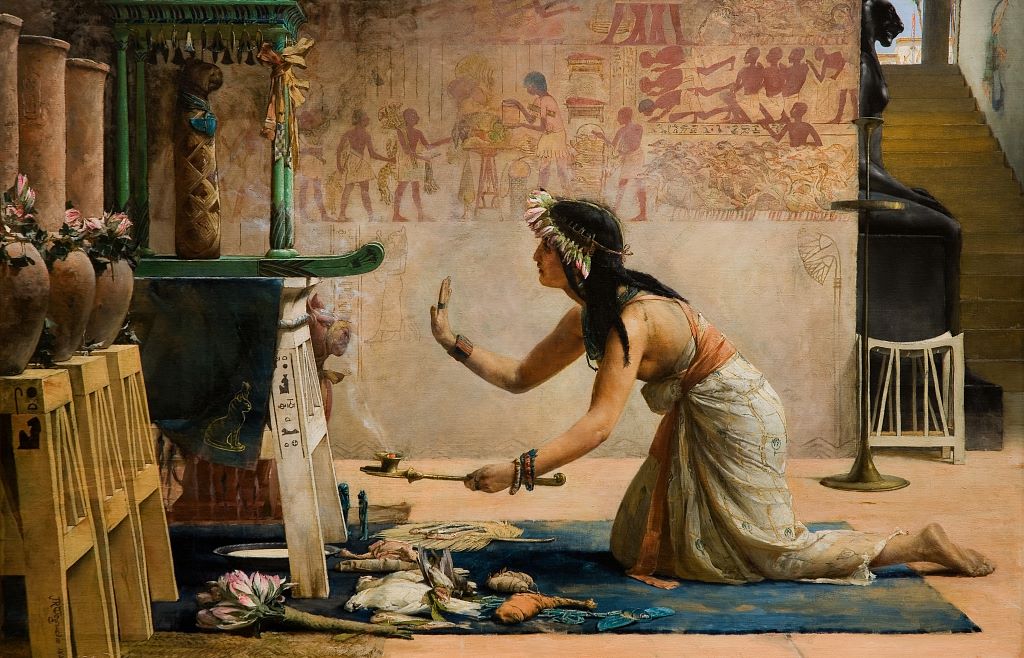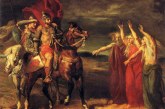
The Egyptians were one of the first civilizations to domesticate cats, around 2000 BC.
Cats were considered sacred animals in Egypt, and associated with certain deities, especially Bastet (Bast). The fact that cats hunted many of the animals that threatened the food supply is a possible reason they achieved holy status.
Bastet and cats were popular subjects for statues, but also appear as images on the walls of tombs or on everyday items such as necklaces, rings and pendants.
When a family’s pet cat died, they would mourn it by shaving their eyebrows. The period of mourning was considered complete when the person’s eyebrows grew back.
Starting around 1000 BC, cats would be mummified and ceremonially buried together with milk, mummified mice and rats, and other items they believed the animal would need in the afterlife – the burial ceremony was therefore very similar to a human’s.
One of the largest cat tombs was discovered in 1888 at Beni Hassan, and held an estimated 80,000 cat mummies. Some of these cats seem to have been very young, so it is possible some cats were deliberately bred for sacrifice.
In fact, cats had such a special place in Egyptian society that it was forbidden to export them, and there was a government agency specifically dedicated to retrieving cats. It appears that killing a cat, even by accident, was punishable by death.
The Greek historian Herodotus described how the ancient Egyptians would put greater priority to keeping cats away from house fires than actually putting them out.




